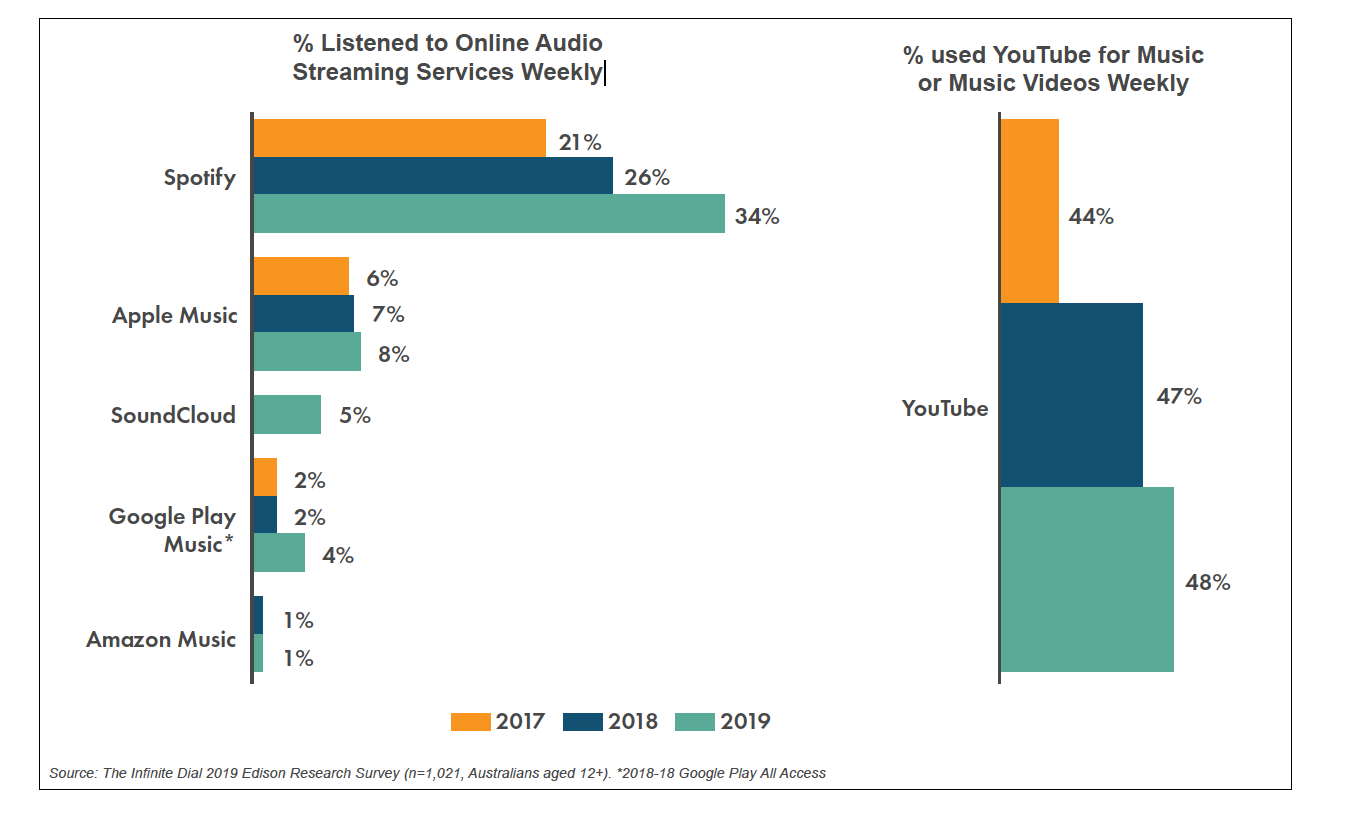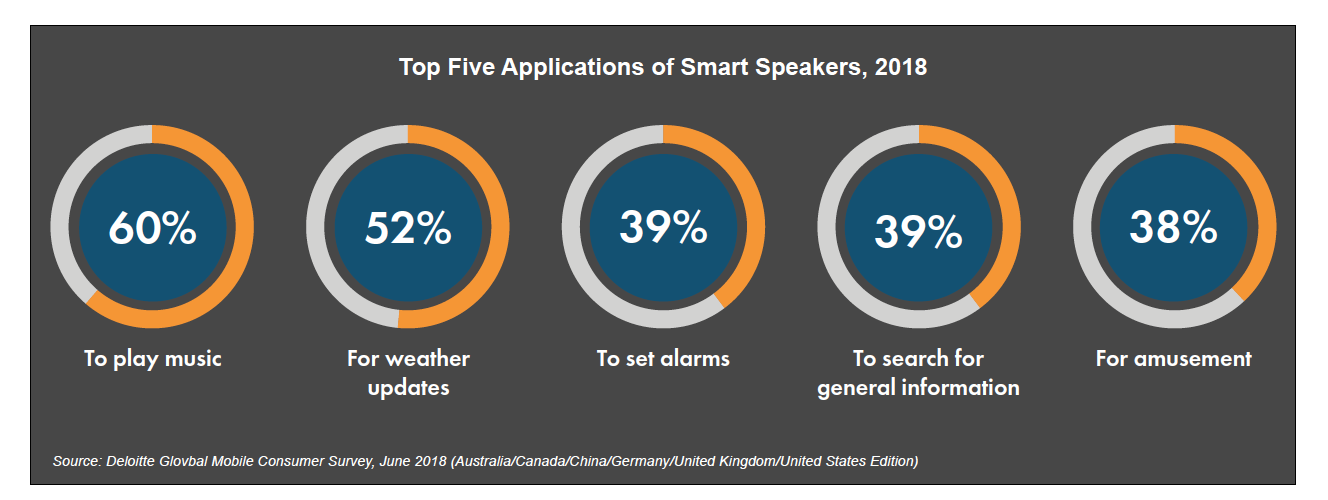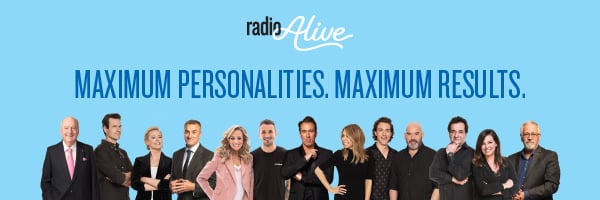The IAB Audio Advertising Council has released a new booklet to help advertisers navigate the increasing number of audio advertising options available to them.
The Digital Audio Buyers Guide explains the various types of audio advertising and how best write creative and buy inventory on new audio platforms.
IAB Australia launched the Audio Council in 2015 in response to the growth of the Australian digital audio marketplace. The Council strives to educate marketers and agencies on the value of online audio and podcasts as powerful and effective advertising mediums.
Not only is the range of content and platforms increasing for audiences, commercialisation of these audiences is also increasing. The guide is designed give marketers the information and resources they need to take advantage of Digital Audio advertising opportunities.
There are 13.8 million Australians who now stream audio content each month and Australian streaming audio listeners currently spend over 11 hours per week listening to AM/FM/DAB+ radio stations online and/or listening to streamed audio content available only on the internet.
Weekly time spent listening has increased significantly over the last 2 years up 20%.
Consumer engagement with podcasts is high. There are nearly 5 million Australians who listen to a podcast each month.
Streaming audio advertising was used by 87% of media buyers and is regularly bought by more than six out of 10 buyers. Regular usage of podcast advertising increased to 20% of media buyers up from 14% in the last year.
The most widely used Ad Units for Digital Audio are:
Live reads/Host Read Ads
Branded channels/playlists
Branded podcasts
Rich media audio (such as Voice Activated Ads, Shake Me Adverts, Dynamic Creative)
The guide gives advertisers tips on how to choose the best types of ads and how to craft them to best advantage. The most successful digital audio campaigns are executions that are “unique to the medium and to the specific program,” according to the guide.
The key tip for audio creative is to develop advertising that is specific to digital audio and not already used in TV or video ads. “Recognize that the screen may be turned off or not exist at all,” advises the booklet, which explains the difference between live radio, music streaming, original podcasts and catch up radio. Nearly 5 million Australians now listen to at least one podcast each month.
“The unique characteristics of audio allow for telling stories. Creative should facilitate the listener visualizing your product or brand.”
Average TSL to online audio has been steadily increasing for the past two years and the trend is expected to continue.

Of the music streaming services, Spotify and Youtube are the most used services in Australia.

Smart Speakers are also growing fast as a consumer listening platform, with 60% of smart speaker users using the devices to listen to music. The next two most used functions from smart speakers are asking Google or Alexa to tell you the weather and to set an alarm.

The guide explains how to get the best out of the various delivery platforms, giving the following advice:
Typically available in standard lengths such as 15, 30 and 60 seconds, these ads are scripted and recorded with the message controlled and approved by the advertiser. They can be dynamically inserted into music streams and podcasts using an audio ad server. Positioning can include pre-roll, mid-roll and post-roll. Audio creative can be produced by creative agencies to run on multiple audio publishers or produced by the publisher with custom scripts to better suit the environment.
Companion Banner
An image that displays on the user’s screen while the audio ad plays, showing brand messaging in tandem with the recorded spot. This can include further call to action and click-through to a pre-determined website. Companion banners only appear when the user’s screen is on and the Audio App is open, whilst listening.
Live Reads/Host Read Ads
Found in podcasts and live radio, these ads are read by the host of the show or podcast and can vary in length. These are typically pre-recorded and then ad served into the podcast or edited into the master episode file. The advertiser will provide key messages to convey and the voiceover will apply their creative expertise and tone to match the episode environment.
Branded Channels/Playlists
Streaming platforms offer customized channels and playlists that can be branded for an advertiser, including audio elements as well as on screen and marketing elements.
Branded Podcasts LINK
Podcast creators offer numerous ways for brands to engage with their audiences. In some cases, creators can produce a stand-alone podcast series on behalf of a brand. Other creators can make themed or branded episodes of an existing show in partnership with a brand, and either release it into the show feed as part of their regular publishing schedule or present it to their audience as a bonus episode. Other creators will work with brands to create highly-produced segments delivered in the regular ad break. Website and marketing elements can be included.
Rich Media Audio
In addition to the standard audio ad formats, new creative opportunities can be utilised in tandem with API technology and first-party data. Using new technologies allows advertisers to create a better advertising and listener experience, without prompts of visual interaction.
- Voice Activated Ads — Audio ads that allow a user to respond with their voice to complete a specific call to action like having information emailed/texted to the user; or open a specific website. Voice activated ads require the listener to have a microphone connected to the playback device (e.g. mobile phone)
- Shake Me Ads — Audio ads designed to encourage mobile listeners to take action without needing to look at the phone. They do so by shaking the phone, or tapping it, with the prompt running within the audio.
- Dynamic Creative — Similar to display, dynamic audio provides advertisers the opportunity to tailor the script of an audio ad to the user based on certain variables like time, day, weather and other data. For example, the opening line to a script could include the day of the week, the advertiser could record seven versions of the opening line to be dynamically inserted on different days to create a more personalised message.
The guide also discusses the most common ways to buy digital audio campaigns and how to understand the various metrics being used to track audio listening on various channels.
Tips for best practice creative are:
- Use audio creative that is specific to digital audio: not already used from TV or video ads.
- Recognize the fact that the screen may in fact be turned off or not exist at all. A call to action should not rely on a screen activation or companion banner interaction.
- Tell a story. Allow the listener to visualize your product or brand; “theatre of the mind” opportunities drive better engagement.
- Create an episodic experience: listeners tune in to hear content they are interested in.
- Be authentic, speak softly to carry a big idea. Be clear and stay on specific message. Repetition, especially clever repetition works. Try avoiding skits, jokes or testimonials that make it difficult for listeners to connect with your brand.
- Rely on a familiar voice, leverage the friend-to-friend connection personalities have with their listeners. Limit the amount of voices necessary, as multiple voices confuse the listening experience.
- Keep a consistent pace, tone and tempo, saying more with less. (Target: 55-75 words per :30 ad).
- Localize your message, know that you are speaking to people in their personal spaces, often consuming content solo. Many customers are listening to music on their own, with headphones, so think of your entire audience on a per individual (1:1) basis.
- Make sure host reads ads follow truth-in-advertising guidelines.
- Podcast adverts which sound as though they are additional segments of the content resonate the closest with listeners.
The concept, the brand voice and the audio logo are three important considerations when planning audio creative, according to the booklet, which also gives a range of case studies about companies that have used creative audio branding very successfully.
The full booklet is available from the IAB
Listen to discussion of this report and other IAB activities in its series of podcasts, available below.


